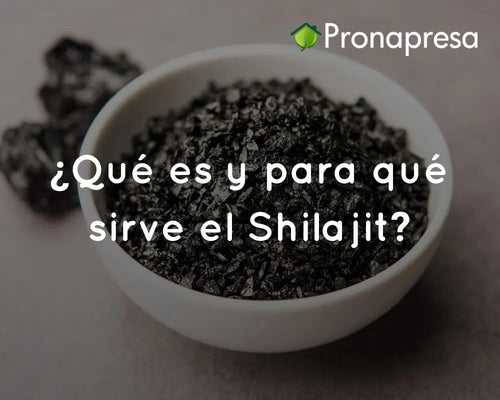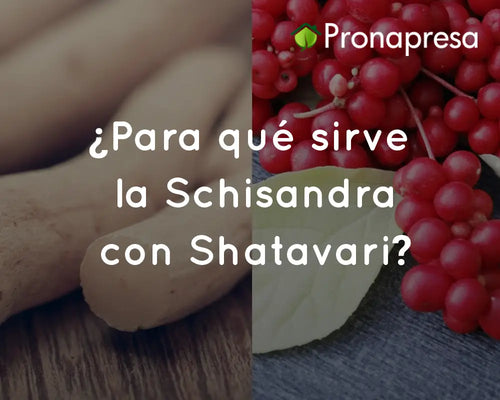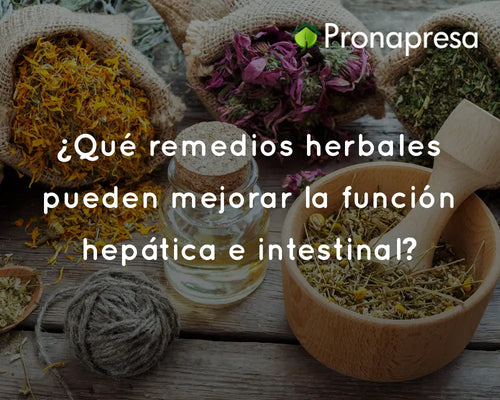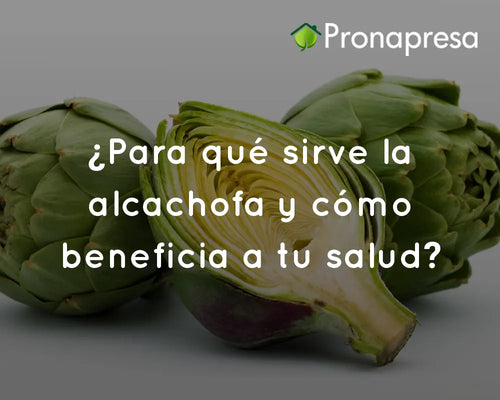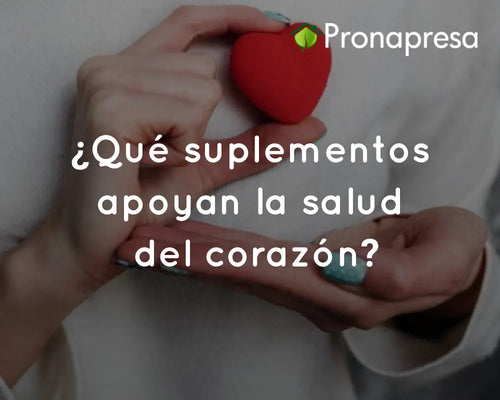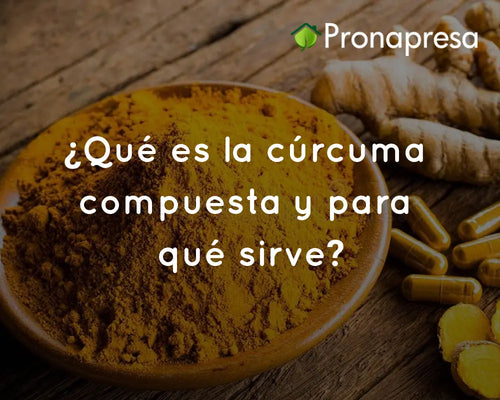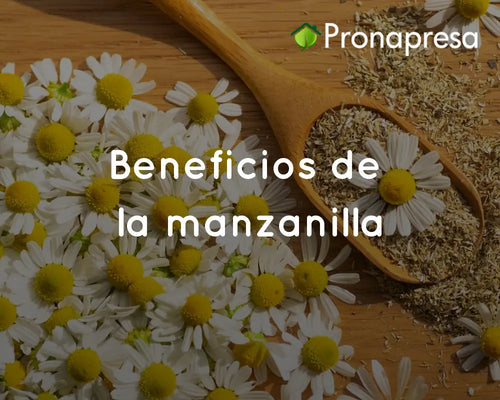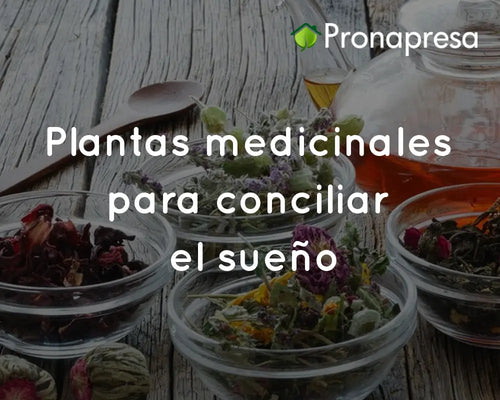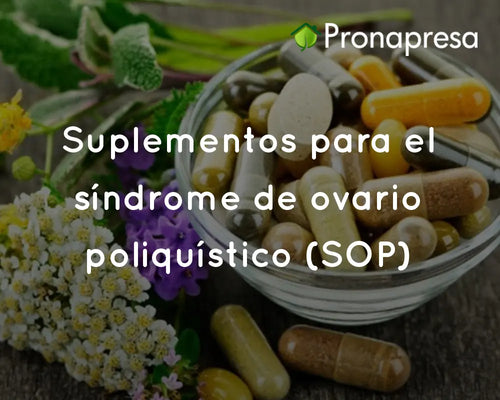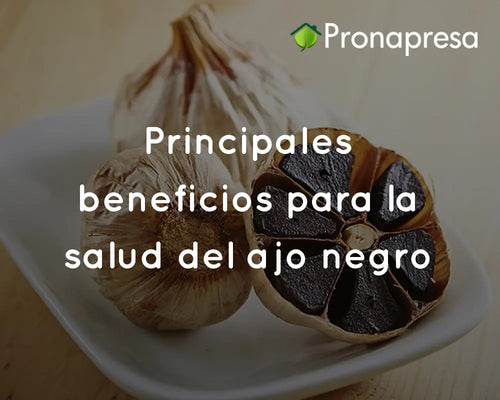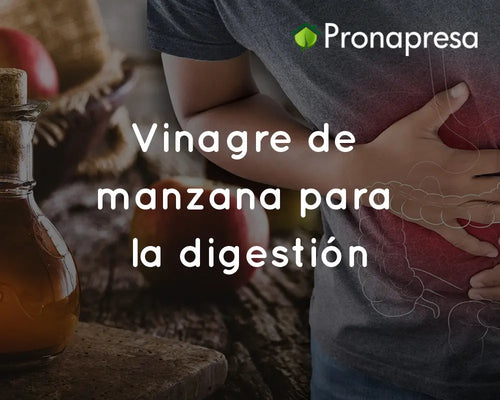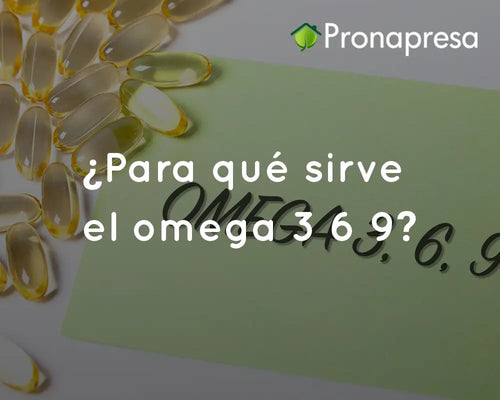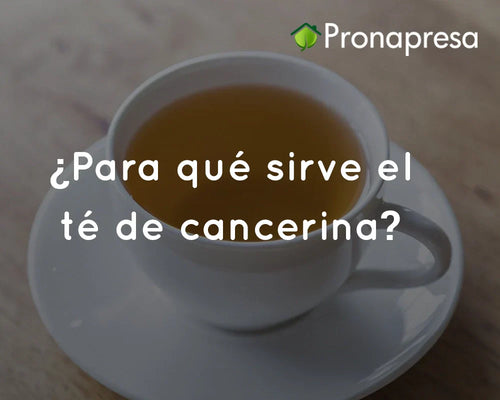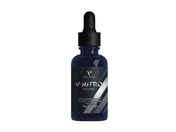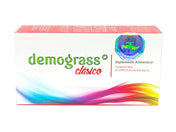
We call infusion a type of drink obtained by introducing a plant or parts of it , generally leaves, roots or fruits, into boiling water.
This process, along with the plants' continued presence over time, allows the water to acquire some of the plant's flavor and properties, as some of the soluble elements of the infused herb, fruit, root, or leaves are extracted through cooking.
They have traditionally been drunk for their flavor and medicinal properties, as many of the plants used have relaxing, invigorating, astringent, and antiseptic properties, among others.
But they have not only been consumed orally, but have also been used in dressings or bandages or to help heal wounds, in topical use.
Types of infusion
There are many ways to classify different types of infusions . One of them, and the most common, is based on the specific plant used to make them, which gives them their name.
In this sense, although there is a very wide variety available, below we leave you with some of the most common ones.
1. Tea
Considered one of the quintessential infusions and part of the cultural heritage of many traditions (including British, Chinese, and Japanese), tea is known for its stimulating properties (although it is often considered to help one relax, and has components that help to do so), as well as its antioxidant and astringent properties.
It's also nutritious and contains multiple vitamins, and in some cases, it's a diuretic and helps with weight loss. There are many types of tea, including green, matcha, red, and white.
2. Chamomile
One of the most well-known infusions is chamomile , especially for its ability to protect our digestive tract and help improve intestinal discomfort and digestive tract problems, including ulcers. It's also an infusion with relaxing properties. In addition to being a beverage, it's also used topically to treat wounds and even eye or respiratory problems.
3. Valerian
Valerian is a plant commonly used in infusions characterized by its sedative and relaxing effects , known since Ancient Greece. It helps improve sleep and combat fatigue and nervousness, as well as soothe pains such as those caused by migraines or menstruation, and lower blood pressure.
4. Linden
Similar to valerian, Linden is characterized as one of the most widely used infusions for relaxation and combating insomnia . Made from linden leaves, it was considered the nectar of kings and has antispasmodic, hypotensive (lowers blood pressure), analgesic, and anti-inflammatory properties.
5. Mint infusion
Mint is another plant whose leaves are often used in infusions . With a very distinctive flavor, the infusion has satiating, hepatoprotective, and diuretic properties, as well as relaxing properties (unless excessive doses are taken, which cause activation and possible sleep problems).
Herbal teas give you great energy and vitality. We'll tell you some of the benefits they provide for your body.
1. They help the digestive system
He water It is essential for the digestion process to be carried out correctly so that the body can eliminate waste substances and stay healthy.
2. Stimulates brain activity
It is a fact that all organs of the body require water to function properly; keeping the brain hydrated helps improve concentration and memory.
3. Contributes to healthier skin
Drinking water regularly helps to have a hydrated skin; In addition, the vitamins and minerals in the fruit we add can help keep it healthy.


